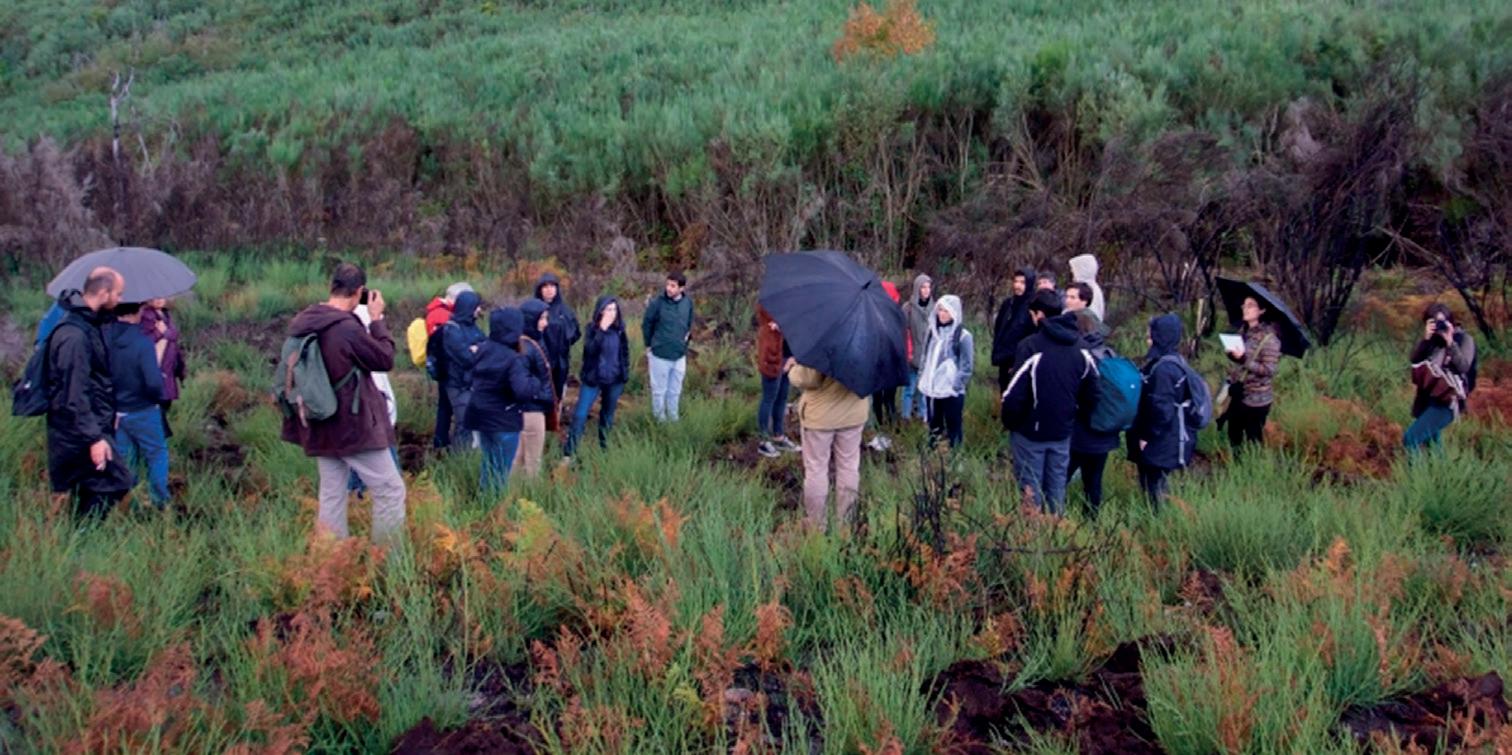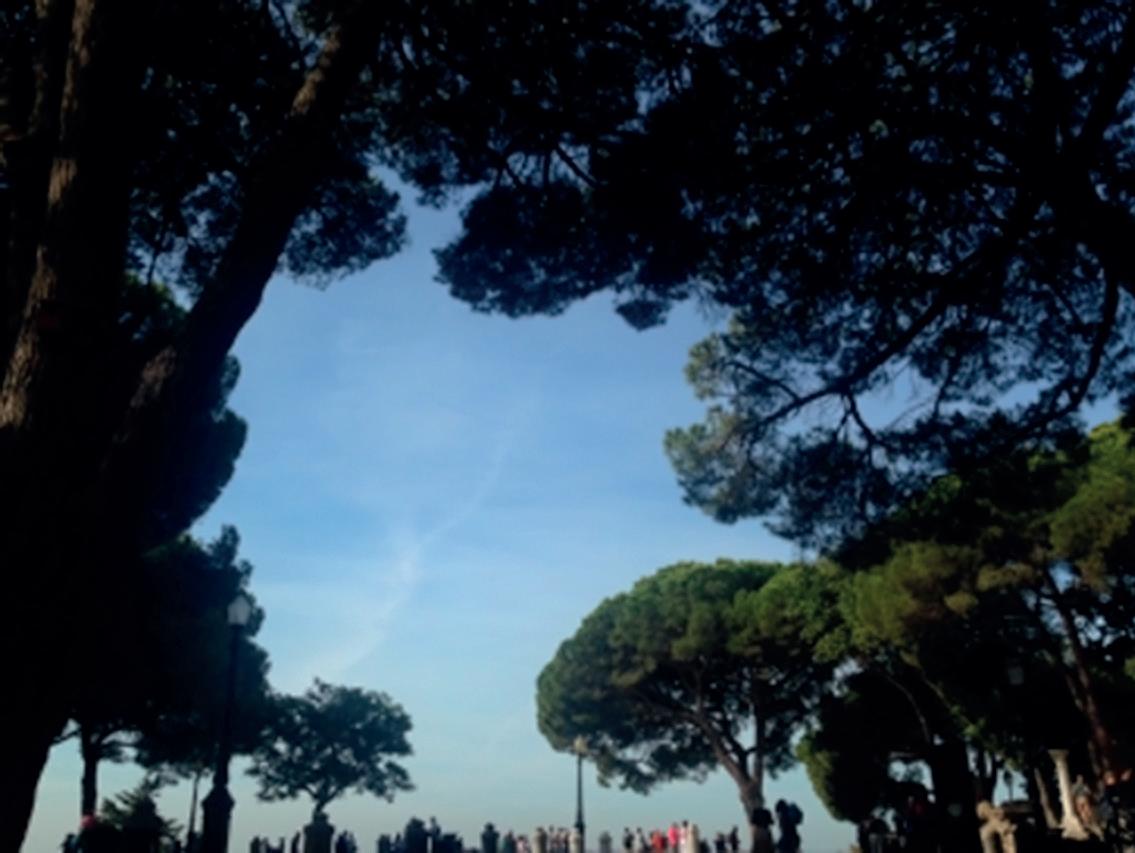
1 minute read
PORTUGAL
from IFLA Europe Yearbook 2018 - “Valuing Landscape: Connecting people, place and nature”
by IFLA Europe
Associação Portuguesa dos Arquitetos Paisagistas (APAP) – Portuguese Associaton of Landscape Architects Jorge Cancela, President of APAP and Margarida Cancela d’Abreu IFLA Europe Delegate and Honorary Member Valuing Landscape: Connecting people, place and nature
Integrating landscape national policy into the spatial planning national programme for connecting people, place and nature in portugal.
Advertisement
Portuguese landscape is remarkably diverse, reflecting relationships between man and nature over history. Nevertheless, relevant changes are occurring due to drivers such as depopulation, abandonment of small family agriculture and small forest areas, afforestation of continuous areas with homogeneous species, forest fires, as well as an inadequate land use for urbanisation, construction, irrigation and major infrastructures. It means that the implementation of the Architecture and Landscape National Policy has an important role to provide the connection between people, place and nature towards a more resilient and sustainable territory.
The Architecture and Landscape National Policy was approved in 2015, ten years after the European Landscape Convention has been transposed into the Portuguese legislation. APAP – Associaçao Portuguesa dos Arquitec tos Paisagistas (Portugese Association of Landscape Architects) has been participating actively in the whole process.
To make this implementation as effective as possible, the national policy has been inte Photo@Rosario Oliviera

Photo@Rosario Olivera

grated into the Spatial Planning National Programme, which was approved in July 2017. The concept that has been considered as a basis for that integration was the idea of landscape as a socio-ecological system as the result of flowing that relates natural capital to human and social capital. Three innovative approaches have been considered for the first time on the diagnosis of the Spatial Planning National Programme as a way to influence the national territorial agenda until 2030: natural capital; ecological connectivity; natural vulnerability risks. Meanwhile, APAP is getting landscape architects involved on a local based discussion and initiatives for place-making, place-keeping and place-taking as a way of flowing positive energy to connect people and landscape.










